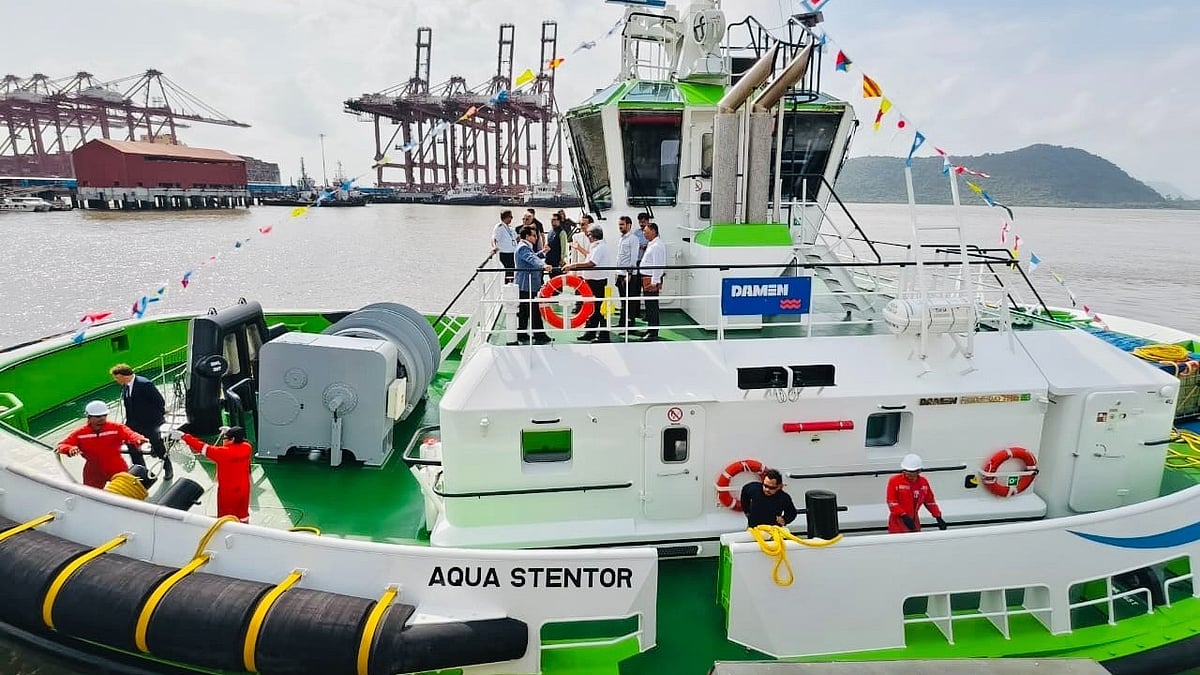Even as hectic efforts are on to rescue the workers trapped in the tunnel in Uttarkashi after a portion of it collapsed, questions are being raised on whether safety protocols were adhered to during the ongoing construction of the tunnel, part of the ambitious Char Dham highway programme that covers nearly 900 km and is envisaged to improve the travel experience for those visiting the four pilgrimage sites in the area, Kedarnath, Badrinath, Yamunotri, and Gangotri.
The Himalayan state of Uttarakhand has witnessed several disasters in the last few years and they can all be attributed to ill-planned construction in the geologically sensitive region. Large infrastructure projects, road-building and other construction activity being undertaken without proper geological assessment is a recipe for disaster.
Experts have also contended that the Silkyara tunnel, where the 41 workers are trapped, is in an area comprising limestone and other soft rocks that have a tendency to collapse. They have warned against projects like the Uttarkashi tunnel in the ecologically fragile region. Compounding the problem is the effects of climate change in the region.
To get back to the immediate problem of the trapped workers, they are now in the sixteenth day of their captivity with no end in sight to their ordeal. Though the area they are confined to is about kilometers and they are being provided food, water, oxygen, and medicines through a vertical pipeline with a communication system also set up so they can talk to their relatives, one can only imagine their mental state, more so since none of those involved in the massive operation can predict a distinct timeframe to bring the workers out of the tunnel.
Ten years after the devastating flash floods in Uttarakhand that claimed nearly 6,000 lives, destroyed property, and displaced thousands, no lessons appear to have been learned. The 2013 disaster was a wake-up call and a warning against rampant and ill-planned construction but the authorities chose to sleep through it. There have been several alarms such as the sinking of Joshimath and other incidents of flooding, but all the agencies concerned have turned a blind eye to the dangers of tampering with an ecologically hypersensitive region like the Himalayas, for which the price will be paid by the people. Meanwhile, the clock is ticking for the 41 trapped workers.



.jpg)







